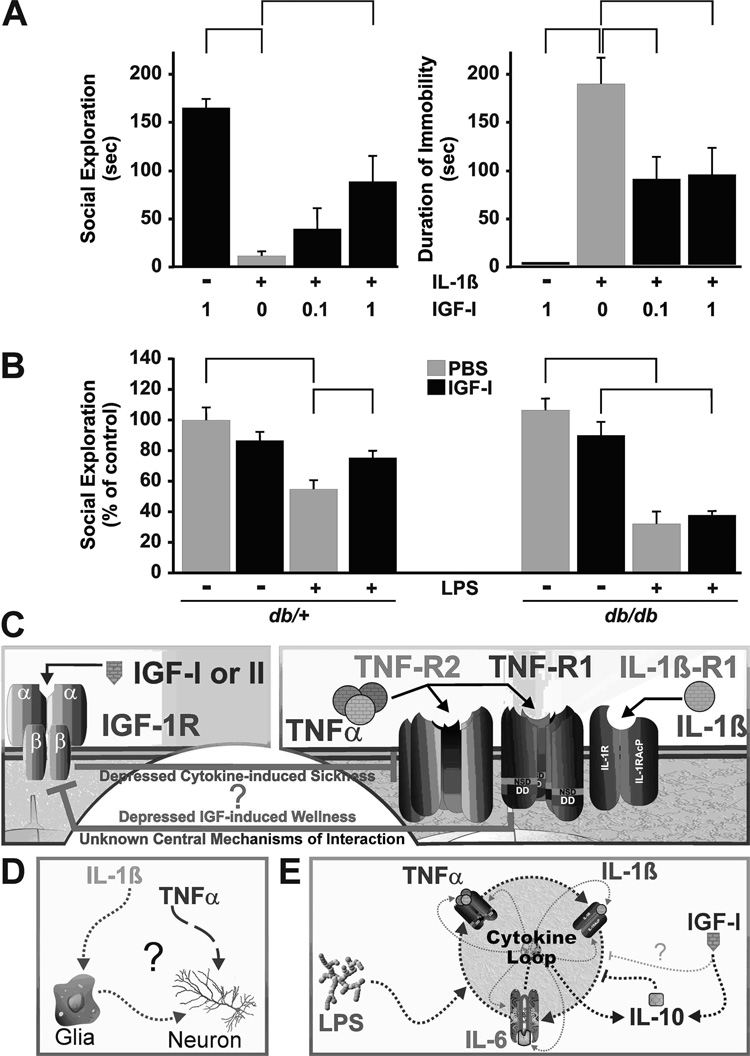Fig. 5. Peripheral and central IGF-I reduces sickness behavior: a case of pro-inflammatory cytokine resistance?
A) IGF-I action involves a central component as IGF-I given i.c.v. impairs sickness behavior, as assessed by social exploration and duration of immobility, in response to centrally administered IL-1β. The mechanism for this central effect of IGF-I is unknown. Significant differences between bars are indicated by brackets (p<0.05). B) Peripheral administration of IGF-I reduces sickness behavior induced by peripheral administration of LPS in wild-type db/+ mice. However, db/db mice have elevated circulating and tissue proinflammatory cytokines and are resistant to IGF-I. C) Critical and essential challenges for the future are to define the largely unknown mechanism(s) by which cytokines induce and by which IGF-I abrogates sickness behaviors; whether sickness is a case of cytokine-induced IGF resistance and if IGF-I depresses sickness by triggering pro-inflammatory cytokine resistance. D) The identities of all the cellular targets in the central nervous system (or in the periphery) that are responsible for sickness behavior have not been determined. Proinflammatory cytokines may act directly on neurons or on glia. E) Similarly, IGF-I may act directly to prevent proinflammatory cytokine signaling (not shown) or to depress the central cytokine loop by acting like IL-10. Data shown with permission Brain, Behavior, and Immunity 20 (2006): 57–63 and PNAS 102 (2005): 15184–15189.

